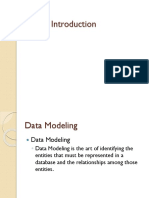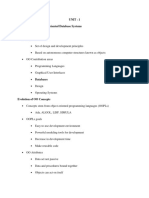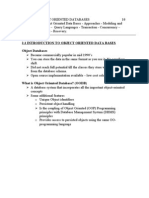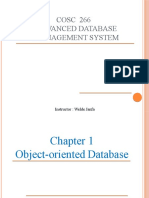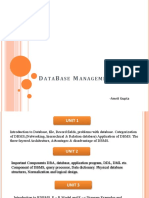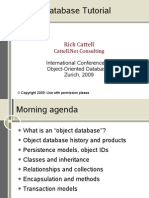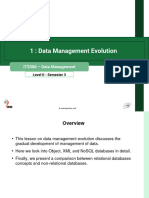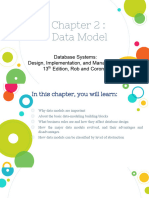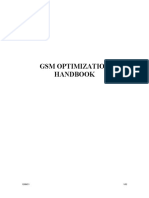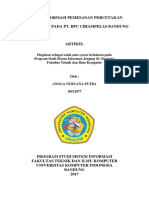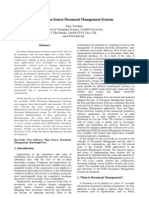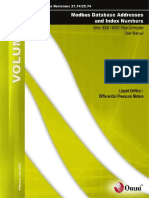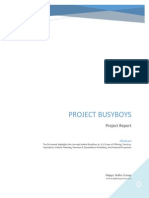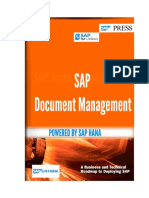0% found this document useful (0 votes)
20 views67 pagesDBMS Unit9 Lecture1
The document covers advanced database concepts, focusing on object-oriented and distributed database models, including their properties and applications. It discusses the evolution from relational models to object-oriented and object-relational models, highlighting their features and benefits. Additionally, it explains distributed databases, their architectures, fragmentation, replication, and advantages over centralized systems.
Uploaded by
cocid2080Copyright
© © All Rights Reserved
We take content rights seriously. If you suspect this is your content, claim it here.
Available Formats
Download as PDF, TXT or read online on Scribd
0% found this document useful (0 votes)
20 views67 pagesDBMS Unit9 Lecture1
The document covers advanced database concepts, focusing on object-oriented and distributed database models, including their properties and applications. It discusses the evolution from relational models to object-oriented and object-relational models, highlighting their features and benefits. Additionally, it explains distributed databases, their architectures, fragmentation, replication, and advantages over centralized systems.
Uploaded by
cocid2080Copyright
© © All Rights Reserved
We take content rights seriously. If you suspect this is your content, claim it here.
Available Formats
Download as PDF, TXT or read online on Scribd
/ 67


